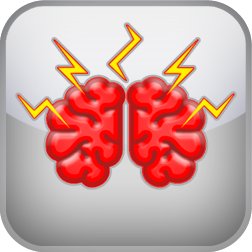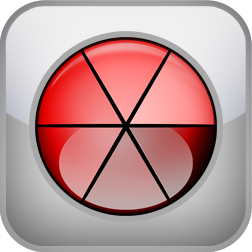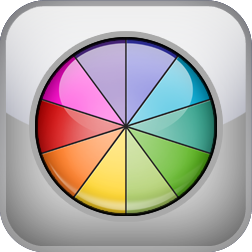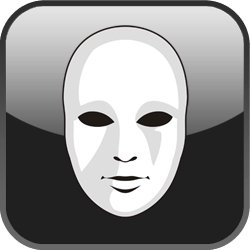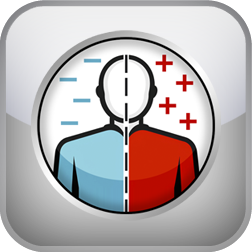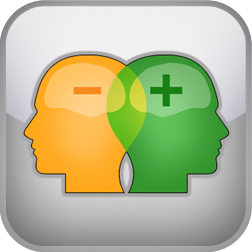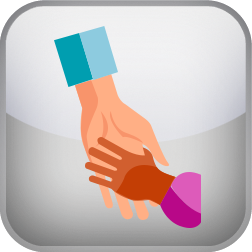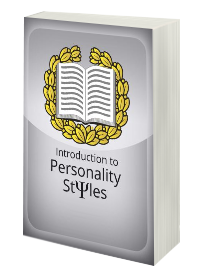Multidimensional Shame Test
You are here because one of your friends linked you to their Multidimensional Shame Test result:
Take the TestResults:

This makes your friend 21.27% more susceptible to shame than the average person.
Take the TestExplanation of Elements:
Shame Triggers are like emotional landmines. They can erupt quickly, sending someone from a neutral state to feeling intense shame. These triggers are often specific and tied to personal vulnerabilities. They can cause a flood of emotions, making the person feel overwhelmed and judged by others.
Shame Spectrum measures the variety of situations that can trigger feelings of shame in someone. People with a broad shame spectrum experience shame across many areas of life. They might feel shame for mistakes, perceived flaws, or even social interactions that go awry. It's important to distinguish this spectrum from the intensity of the shame response, which can vary greatly between individuals.
The Inner Critic is like a relentless voice within, constantly nitpicking and scrutinizing every action, thought, and feeling. It's the internalized version of external judgments and expectations, amplifying any perceived inadequacies or mistakes. This critical voice often stems from early experiences, societal pressures, or internalized beliefs about self-worth.
External Shame is the fear of being judged harshly by others. You imagine they see you as bad, inferior, or a social failure. It might be triggered by a real or perceived social misstep, a public mistake, or even societal expectations. This shame can make you crave approval to feel worthy or withdraw from social situations entirely. It fuels the need to maintain a perfect image and can be exhausting to manage.
Internal Shame is a relentless inner critic. It whispers (or screams) that you're flawed, worthless, or a constant disappointment. It festers from your own beliefs about yourself, not necessarily what others think. This shame can make you feel like hiding, isolating yourself, or constantly striving for something just out of reach. It's a heavy burden that can make it difficult to accept yourself or connect with others.
Total Score: Your total score, indicating your total predisposition for and susceptibility to shame. Higher scores indicate greater problems with shame.
References
- Tangney, J. L., & Dearing, R. L. (2002). Shame and guilt: Emotions and social behavior. Guildford Press.
- Masson, A. M., Dyck, M. J., Shea, M., & Yiu, S. (2016). The Role of Shame in Symptom Severity and Symptom Maintenance in Social Anxiety Disorder: Exploring the Mediating Effects of Beliefs, Self-focused Attention, and Fear of Negative Evaluation. Cognitive Behaviour Therapy, 45(4), 273–286.
- Firestone, L., Firestone, R. W., & Catlett, J. (2006). The critical inner voice in cognitive-behavioral therapy. International Journal of Cognitive Therapy, 3(2), 156–167.
- Fagan, J., & Wexler, K. L. (1987). Shame, internalization, and aggressive behavior. American Sociological Review, 52(2), 288–304.
- Noble, A. J., Robinson, E. J., & Byrne, P. (2011). Perceived external stigma and shame in adults with epilepsy: Validation of a conceptual model. Seizure: European Journal of Epilepsy, 20(5), 358–363.
Take Next
GET THE FULL STORY
Become a lifetime member with a one-time payment
WHAT YOU GET
Access to members-only tests
Ability to track and save test results
Access to all of our eBooks (value $44.94)
Access to premium type assessments and infographics
Become a memberGET THE FULL STORY
Manual of Personality Styles
WHAT YOU GET
71-page manual, explaining the make-up of all personality styles, their hidden drives, and the theory behind the system.
Presented in an easy-to-read style and backed up by solid academic references.
14-day, no-questions-asked, money-back guarantee.
Order NowSave and monitor your results over time
Become a member today
Sign Up
